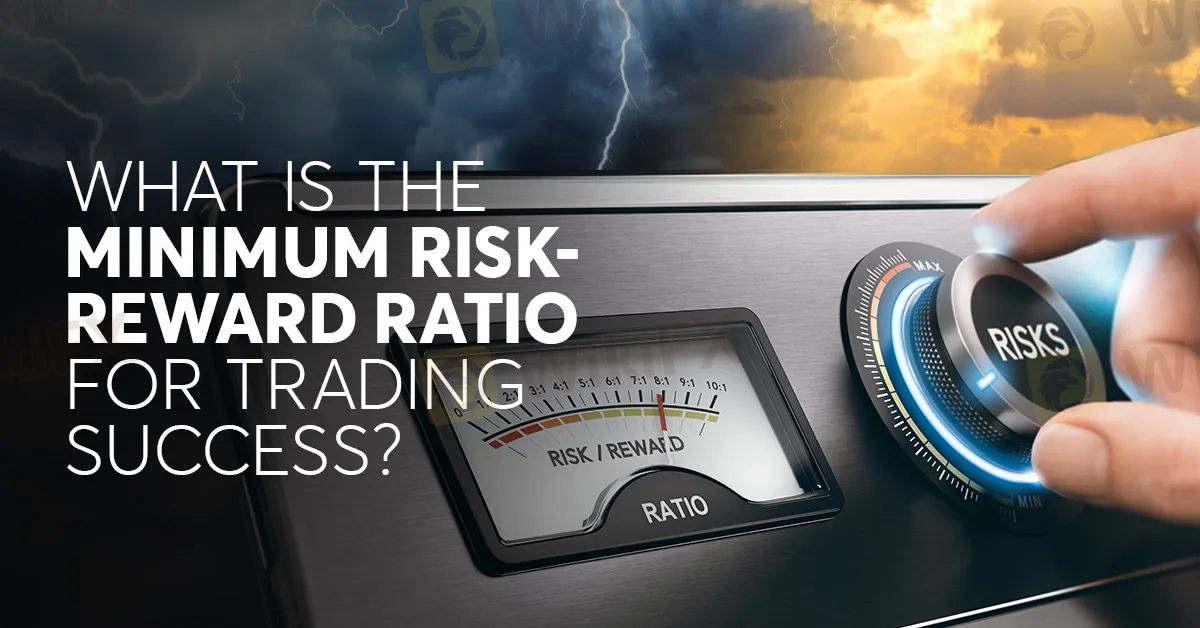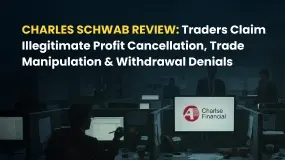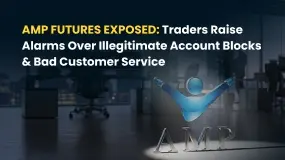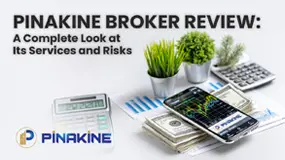简体中文
繁體中文
English
Pусский
日本語
ภาษาไทย
Tiếng Việt
Bahasa Indonesia
Español
हिन्दी
Filippiiniläinen
Français
Deutsch
Português
Türkçe
한국어
العربية
What is The Minimum Risk-Reward Ratio for Trading Success?
Abstract:What exactly is the minimum risk-reward ratio that traders should aim for to achieve success?

In the world of forex trading, success is often measured by the ability to navigate the intricate balance between risk and reward. Understanding and implementing an effective risk-reward ratio can be the cornerstone of a trader's strategy, determining the difference between profitability and losses. But what exactly is the minimum risk-reward ratio that traders should aim for to achieve success?
The risk-reward ratio is a fundamental principle that quantifies the potential profit against the potential loss in a trade. It represents the relationship between the amount a trader is willing to risk (stop-loss) compared to the potential reward (take-profit). A risk-reward ratio of 1:2, for example, means risking one unit to potentially gain two units.
While there isn't a one-size-fits-all minimum risk-reward ratio that guarantees success, a commonly recommended ratio is 1:2 or higher. Here's why:
Successful trading isn't just about making profits; it's about managing risk effectively. A favourable risk-reward ratio helps traders to mitigate losses and preserve capital. By setting a ratio where the potential reward is at least twice the risk, traders can maintain profitability even if they're right only half the time.
Consistency is key in trading. A sound risk-reward ratio provides a framework for consistent decision-making. It encourages disciplined trading, allowing traders to stick to their strategy without being swayed by emotions or impulsive actions.

Market conditions are dynamic, and volatility is inherent in the forex market. A risk-reward ratio of 1:2 or higher allows traders to adapt to varying market conditions. In highly volatile markets, a wider ratio might be more suitable to accommodate larger price swings.
While a 1:2 risk-reward ratio is often recommended, traders should consider their individual trading styles, risk tolerance, and the specific market they're trading in. Some traders might opt for a higher ratio, like 1:3 or 1:4, depending on their risk appetite and the prevailing market conditions.
Besides the risk-reward ratio, implementing effective risk management practices is crucial. This includes setting stop-loss orders, diversifying your portfolio, avoiding over-leveraging, and continuously monitoring and adjusting your strategy.
While aiming for a minimum risk-reward ratio of 1:2 is a prudent guideline, successful trading encompasses a multitude of factors beyond this ratio alone. It's essential to remember that trading involves inherent risks, and no ratio can guarantee success. Traders must combine their risk-reward ratio with a comprehensive strategy, market analysis, and disciplined execution to achieve success in the forex market.
Ultimately, each trader should find a risk-reward ratio that aligns with their trading goals, risk tolerance, and market conditions, acknowledging that adaptability and continuous learning are key to navigating the ever-evolving landscape of forex trading.

Disclaimer:
The views in this article only represent the author's personal views, and do not constitute investment advice on this platform. This platform does not guarantee the accuracy, completeness and timeliness of the information in the article, and will not be liable for any loss caused by the use of or reliance on the information in the article.
Read more

Charles Schwab Review: Traders Claim Illegitimate Profit Cancellation, Trade Manipulation & More
Have you been lured into the Charles Schwab app for trading on the back of outrageous profit claims by the broker? Did you fail to receive any of these? Does the broker deny withdrawals every time you request and cancel your forex trading account? Have you been victimized financially by its trade manipulation? Act before you are left with a NIL balance in your account. Many traders have questioned Charles Schwab customer service and many other operational executives for the aforementioned illegitimate trading activities. In this Charles Schwab review article, we have shared some of their comments. Read on!

AMP Futures Exposed: Traders Raise Alarms Over Illegitimate Account Blocks & Bad Customer Service
Has AMP Futures blocked your forex trading account? Does it fail to provide any explanation for this act? Do you face issues concerning deposits to your AMP Futures account? Is the customer service non-existent for any trading query you raise with it? You are not alone! Many traders have been facing these issues upon AMP Futures login. Some of them have commented on AMP Futures review platforms. In this article, we have shared some reviews that you can look at. Read on!

FXGlory Review: Vanishing Profits, Capital Scams & Withdrawal Charges Keep Annoying Traders
Does FXGlory remove all your forex trading account balances upon fund withdrawal requests? Or do you witness incorrect trading account balances after fund withdrawals? Does the Saint Lucia-based forex broker charge you for fund withdrawals? All these and many more scam-related complaints have been filed against the forex broker. In this FXGlory review article, we will discuss several complaints. Read on!

PINAKINE Broker Review: A Complete Look at Its Services and Risks
Finding a trustworthy broker from the huge and often confusing world of online trading options is one of the biggest challenges a trader faces. In this competitive market, PINAKINE Liquidity Limited has appeared, getting attention with promises of high leverage and zero-commission trading. However, a closer look shows important factors that every potential client must think about before investing. The most important thing to consider with PINAKINE is that it has no regulation. This fact completely changes how risky the broker is and has major effects on how safe your investments will be. This review gives a complete and fair examination based on information available to the public. We will break down its services, trading conditions, platform technology, and the possible risks involved, helping you make a fully informed decision.
WikiFX Broker
Currency Calculator




